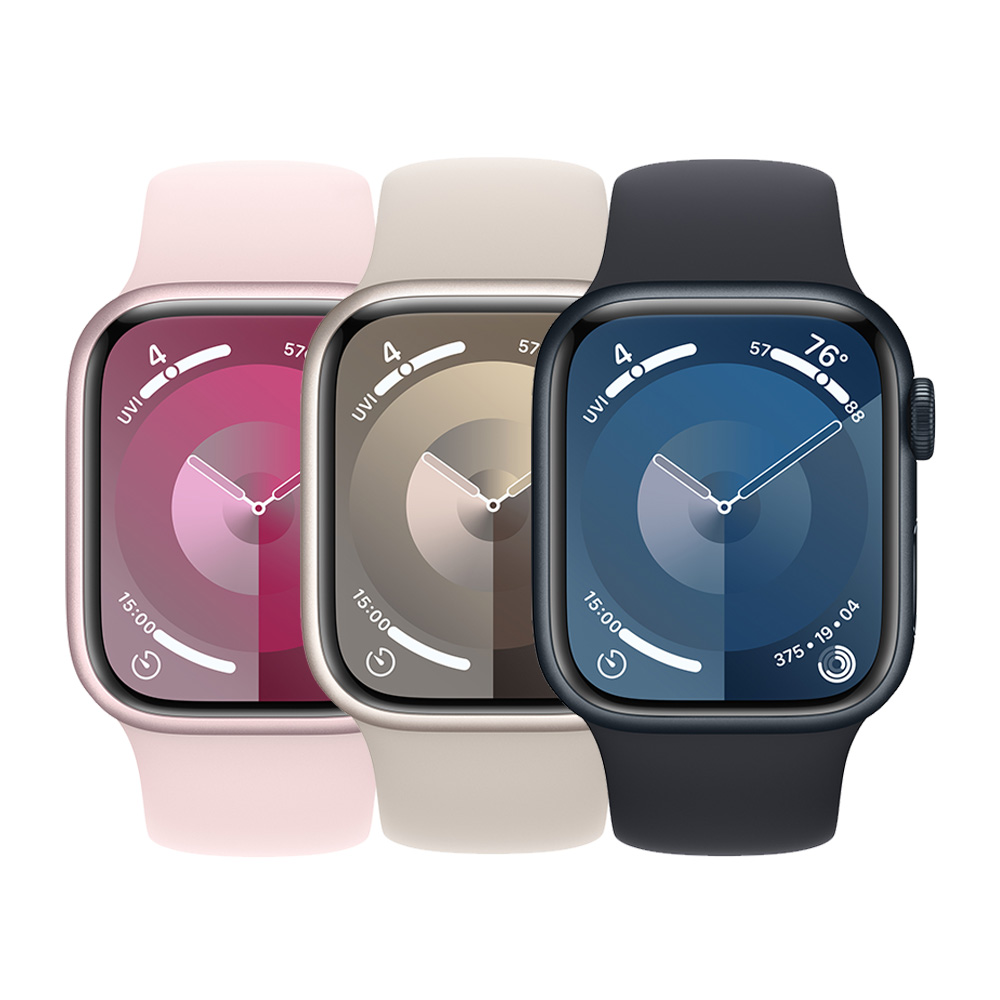Apple Watches are excellent devices that provide convenience and functionality right on your wrist. However, like any electronic device, they can experience problems from time to time. One of the most common issues users encounter is a black screen, which can be alarming. This problem can arise for various reasons, ranging from software glitches to hardware failures. In this article, we will explore the causes of black screen problems and provide practical solutions to help you fix your Apple Watch.
Understanding the Black Screen Issue
What Does the Black Screen Indicate?
A black screen on your Apple Watch typically indicates that the device is unresponsive. This problem can manifest in several ways. You may find that the display remains black even after you tap the screen or press the side button. In some cases, the watch may occasionally flicker back to life before going dark again. Understanding these symptoms is important in diagnosing the issue effectively.
Another critical aspect to consider is the context in which the black screen occurs. If your Apple Watch displays a black screen during certain operations, it may indicate a specific software issue. Conversely, if the screen goes black suddenly and consistently, it could signal a more serious hardware problem.
Common Causes of the Black Screen
Several factors can lead to a black screen on your Apple Watch. Common causes include:
- Low Battery: If the battery level is critically low, the watch may not turn on properly.
- Software Glitches: Updates or bugs in the operating system can cause the display to become unresponsive.
- Hardware Issues: Physical damage, such as a cracked screen or water exposure, can also result in a black display.
- Accessibility Settings: Certain accessibility features may unintentionally affect screen visibility.
By identifying the root cause, you can focus on the appropriate troubleshooting steps to restore functionality to your Apple Watch.
![]()
Basic Troubleshooting Steps
Check Battery Levels
The first step in addressing a black screen issue is to check the battery levels. If your Apple Watch has a low battery, it might not turn on properly. Place the watch on its charger and ensure that it is charging. Look for a green lightning bolt on the screen, indicating that charging is taking place. If the watch does not respond at all, it may need to charge for at least 15 minutes before attempting to turn it on again.
If the battery is indeed empty, allowing it to charge can often resolve the problem. However, if the watch remains unresponsive after charging, further troubleshooting steps may be necessary.
Force Restart the Device
If charging does not resolve the issue, a force restart can help. Force restarting your Apple Watch will effectively reset the software without affecting any data. To perform a force restart, press and hold both the side button and the Digital Crown simultaneously for about 10 seconds. You should see the Apple logo appear, indicating that the device is rebooting.
This method can often clear minor software glitches that may be causing the black screen. After the watch has restarted, check to see if the display functions normally.
Checking for Software Issues
Update the WatchOS
Software issues can often contribute to problems with your Apple Watch’s display. Ensuring that you are running the latest version of WatchOS is essential. Connect your Apple Watch to its charger, then use your paired iPhone to check for any available updates. Open the Watch app, go to “General,” then choose “Software Update.” If there is an update available, follow the prompts to install it.
Keeping your software up to date is crucial for optimal performance. Updates often include bug fixes that can resolve issues with unresponsive screens. If your watch successfully updates and the black screen problem persists, additional troubleshooting steps may be required.
Reset All Settings
Another software-related solution is to reset all settings on your Apple Watch. This process can resolve problems without erasing your personal data. To reset, open the Watch app on your paired iPhone, tap on “General,” then select “Reset.” Choose “Reset All Settings.” You will need to enter your passcode to confirm the action.
Keep in mind that while this action will not delete your data, you will need to reconfigure settings such as notifications and display options afterward. Resetting settings can often clear glitches that may lead to the black screen issue.

Assessing Physical Issues
Inspect for Physical Damage
If the above software solutions do not resolve the black screen, inspect your Apple Watch for any physical damage. Look closely for signs of cracks, dents, or moisture. Physical damage can cause internal components to malfunction, resulting in an unresponsive display. If you suspect that your watch has suffered physical harm, it may require repair.
Be aware that water damage can be a significant concern if your watch is not rated for water resistance. If you have exposed your watch to liquids beyond its advertised capability, this could contribute to display issues.
Cleaning the Device
In some cases, accumulated dirt and debris can interfere with the touch sensitivity of the display. Regularly cleaning your Apple Watch can help maintain its performance. Use a soft, lint-free cloth lightly dampened with water to wipe down the screen. Avoid using any soaps, solvents, or abrasive materials that could scratch the surface or damage the device.
Make sure that the charging port is also clear of debris. Dirt and oils can build up over time, leading to connection issues. A clean device is essential for proper operation, so regularly checking and maintaining your watch can prevent many problems.
Further Troubleshooting Options
Unpair and Re-pair Your Watch
If the black screen issue persists after trying all previous solutions, unpairing and re-pairing your Apple Watch may help. Open the Watch app on your iPhone, select your watch, and choose “Unpair Apple Watch.” Before proceeding, ensure you have backed up your data, as this process could result in data loss.
Once your watch is unpaired, restart both your iPhone and Apple Watch. After they restart, open the Watch app again and follow the prompts to re-pair the device. This fresh connection can often resolve stubborn issues by restoring settings and configurations.
Contact Apple Support
If none of the previous troubleshooting methods have resolved the issue, it may be time to contact Apple Support. Explain the situation in detail, including the troubleshooting steps you have taken. Support representatives can provide additional insight and may suggest service options.
Depending on your warranty status, you might be eligible for a free repair or replacement. If your Apple Watch is still under warranty or if you have purchased AppleCare, be sure to take advantage of those benefits. Having professional assistance can save you time and ensure that your device is repaired correctly.

Regular Maintenance for Longevity
Routine Care of Your Apple Watch
Preventative maintenance can be crucial in avoiding future problems with your Apple Watch. Implementing regular care habits can help maintain performance and prolong the life of the device. Avoid exposing your watch to extreme temperatures and harsh environments when possible.
Additionally, routinely check for software updates and perform necessary resets or cleanings. Meditation on battery health is also important. Avoid letting the battery drain completely before charging, as this can affect long-term performance. Taking these proactive steps can significantly enhance your overall experience with your device.
Backup Data Regularly
Regularly backing up your Apple Watch data is essential for ensuring that you do not lose valuable information. Data loss can happen unexpectedly during troubleshooting processes or repairs. To back up your Apple Watch, ensure that your paired iPhone is configured to back up data to iCloud or through iTunes.
By having a current backup, you can easily restore your settings and personal information if your watch requires resetting or replacement. Being diligent about backups can save you from the frustration of significant data loss.
Maintaining an Effective Workflow
Addressing Black Screen Problems
In conclusion, black screen problems on your Apple Watch can be distressing, but there are effective solutions to address them. By understanding the potential causes and implementing troubleshooting techniques, you can often restore functionality to your device.
From simple fixes such as checking battery levels and performing force restarts to more involved actions like updating software and unpairing the device, each step plays a vital role in the restoration process.
Building a Stronger Connection with Your Device
Ultimately, taking the time to understand and care for your Apple Watch can enhance your experience and prevent future issues. Regular maintenance and the awareness of troubleshooting methods will ensure you remain connected to this valuable device. Should problems arise, remember that taking proactive measures can make a considerable difference in your device’s performance and longevity. By following this guide, you will be better equipped to handle any potential black screen issues and maintain a reliable connection to the world right from your wrist.



